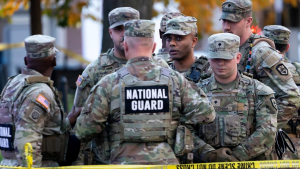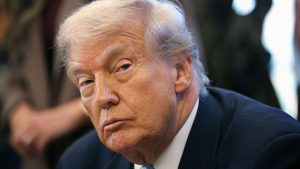Japan has approved a 770 billion yen ($6.8 million) request for an extra defense budget for March to speed up the purchase of missiles, anti-submarine missiles, and other weapons amid growing concerns about Chinese, Russian and North Korean military aggression. The decision was made on Friday after weeks spent deliberating between Prime Minister Shinzo Abe’s Cabinet Members during meetings that took place this past weekend as they awaited parliamentary approval which now looks likely with support coming from both Houses majority parties.
The money will go towards accelerating various purchases such as those involving US weaponry designed primarily against Chinese forces stationed near Tokyo Bay including stealth fighters capable in air combat or bombers able to launch strikes at long ranges.
The Defense Ministry says its “defence power reinforcement and acceleration package” is designed to speed up the deployment of some key equipment from Japan’s 2022 budget request. The goal, according to officials who spoke with Bloomberg News was beefing up against North Korea’s missile threat as well as China’s increasingly assertive maritime activity around remote southwestern islands – a region under increasing scrutiny because of its proximity (less than 300 km) distance from Chinese shores.
The Japanese government has requested nearly $1 billion for the purchase and deployment of advanced anti-missile systems following a series of flyover flights by Chinese military aircraft.
The budget request includes funds to acquire over 100 PAC3 missiles as well as related equipment such interceptor launchers, radars etc., Defense Minister Norio Kishi announced on Tuesday while addressing parliament’s defence committee members.”
In a bid to step up surveillance around Japan’s territorial waters and airspace, the Japanese government has announced over 800 billion yen ($7B) in funding which will go towards purchasing three reconnaissance planes. This includes two P-1s as well as other equipment such as vertical launch systems for ships from 2020 on top of what was previously planned!
The Japanese government has announced that a new military base will be operational on Ishigaki Island, north of the uninhabited Senkaku Islands. The land-to-sea missile defence system is intended to protect Japan from potential threats coming out of its southwestern regions and islands including those who claim it as theirs: Diaoyu/China.
When the Chinese coast guard regularly protests near islands in Tokyo’s possession, Japan must prepare for war.
Fumio Kishida tasked his ministry with building housing and equipping troops on Ishigaki Island to defend against any aggressors before an already tense situation worsens even further; he also plans a military expenditure that will ease the burden from struggling parts suppliers at home by doubling its budget cap over 2021-2022 period (only 1% GDP).
The Japanese government has approved a 36 trillion yen ($316 billion) extra budget for economic stimulus purposes. The money will be used in two ways: funding COVID-19 preparedness and support of households hit by the pandemic, as well as assisting companies that have 401k plans with high return rates due to recent market turmoil.
Some critics say this is just an excuse not because they feel Japan doesn’t need more healthcare spending when there are so few people left who can afford it (the country’s ageing population).
Japan has been beefing up its military spending and capabilities under Shinzo Abe’s leadership, with a 17% increase in just two years. The Japanese prime minister adopted new interpretations to the war-renouncing Article 9 of their constitution that allowed them more involvement abroad starting from 2015 – which created some controversy among other countries around Asia who fear Tokyo could become expansionist again following World War II .





